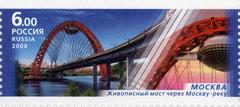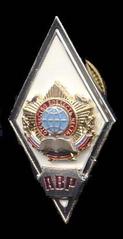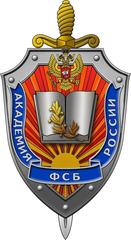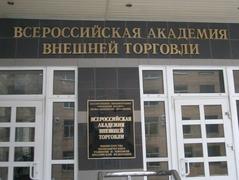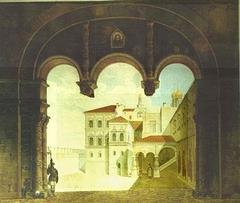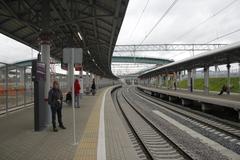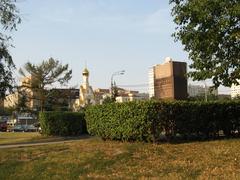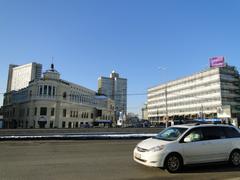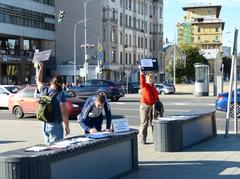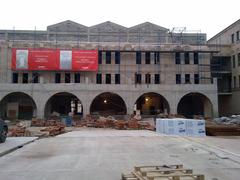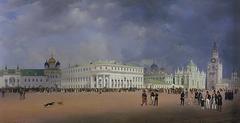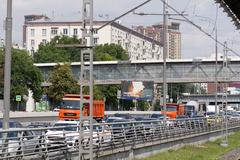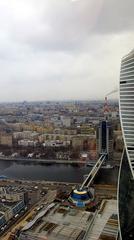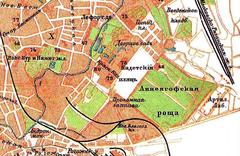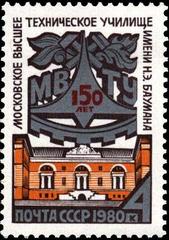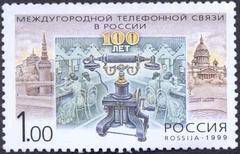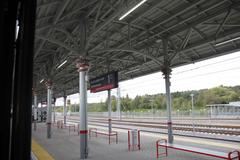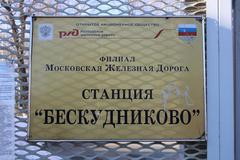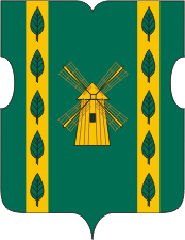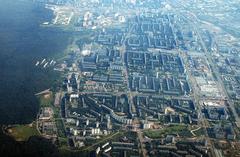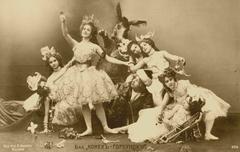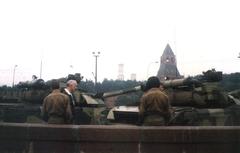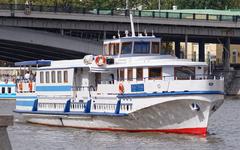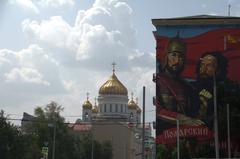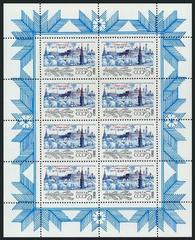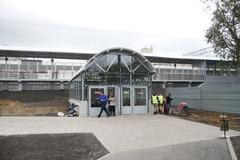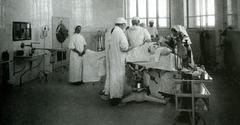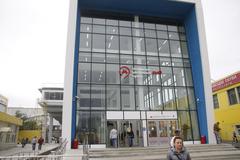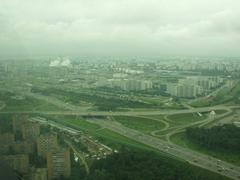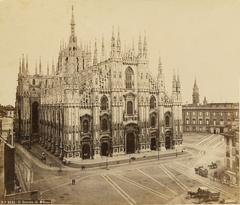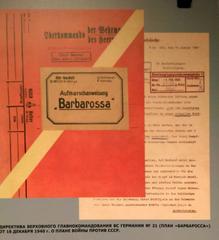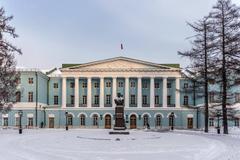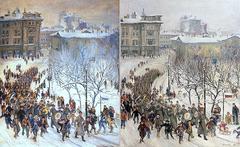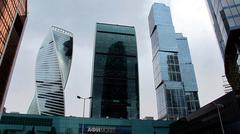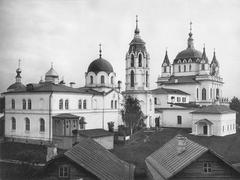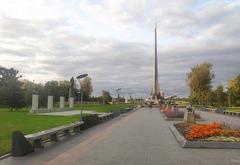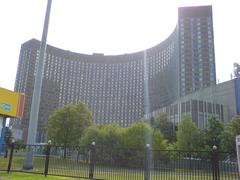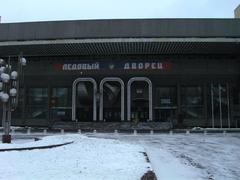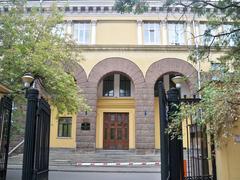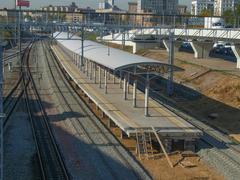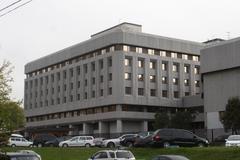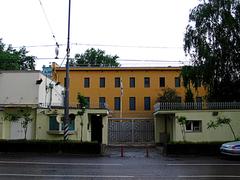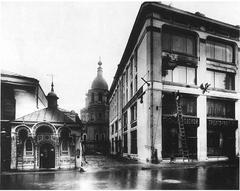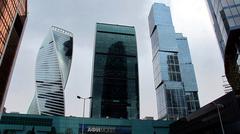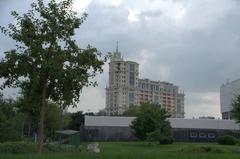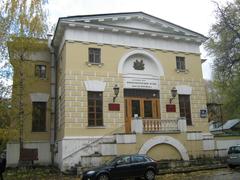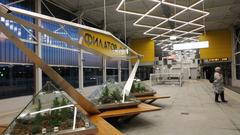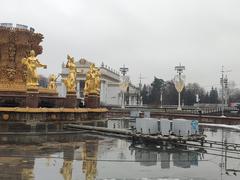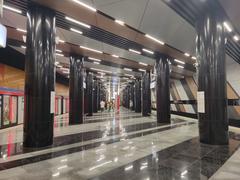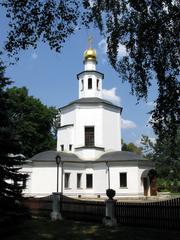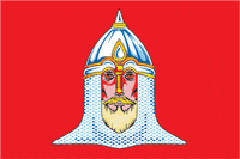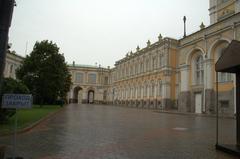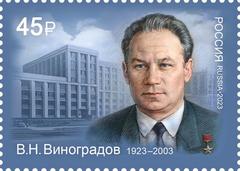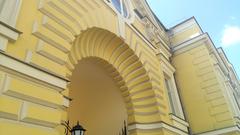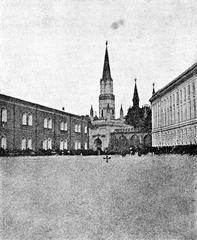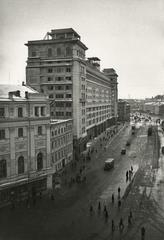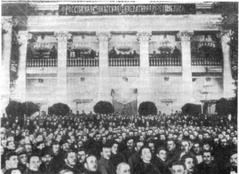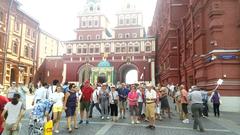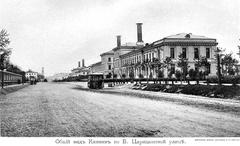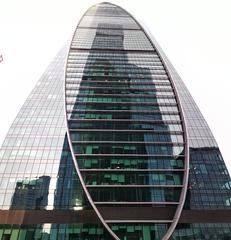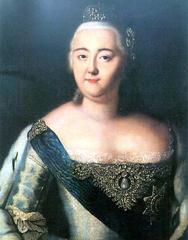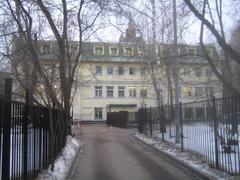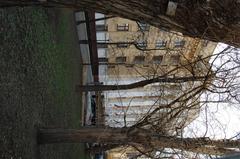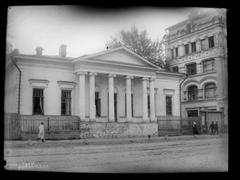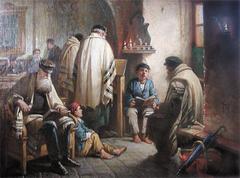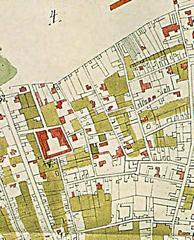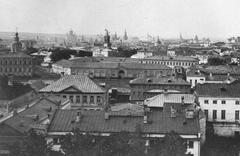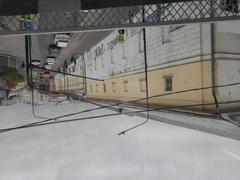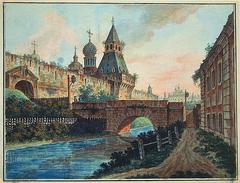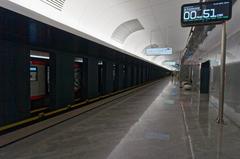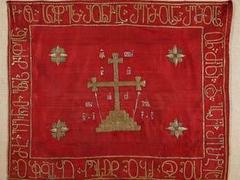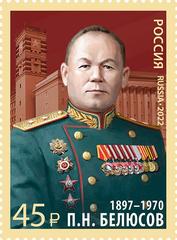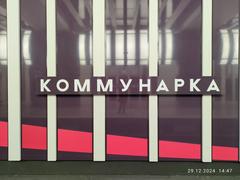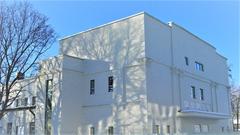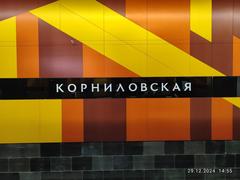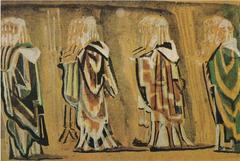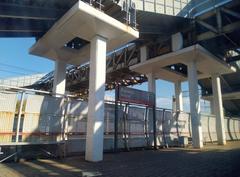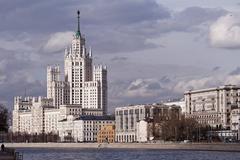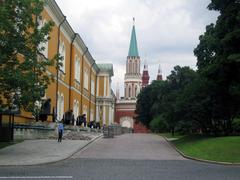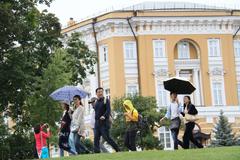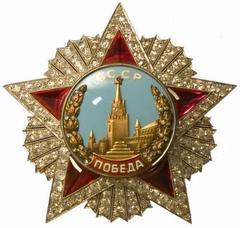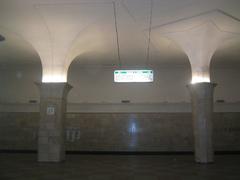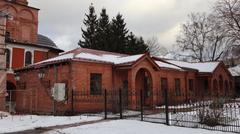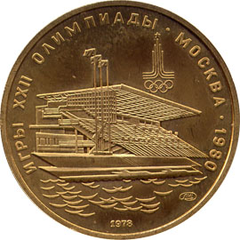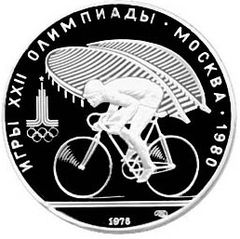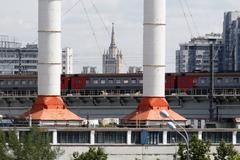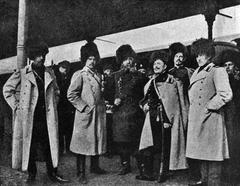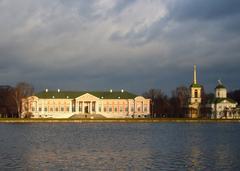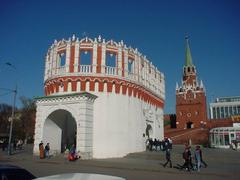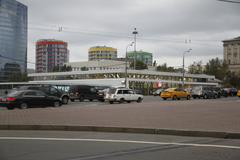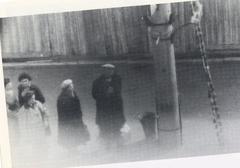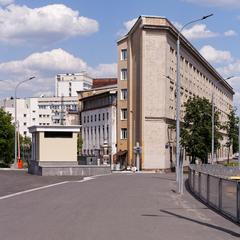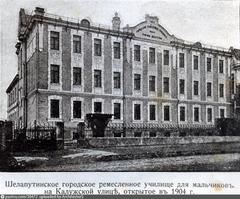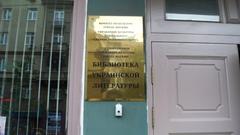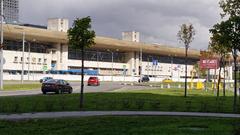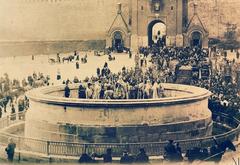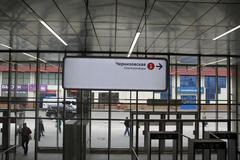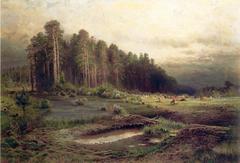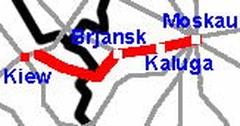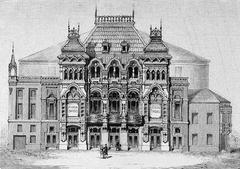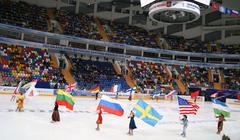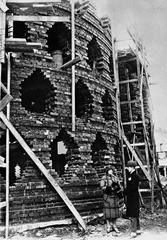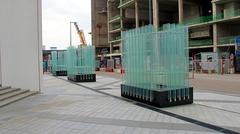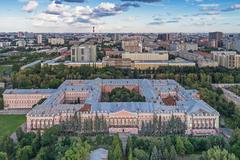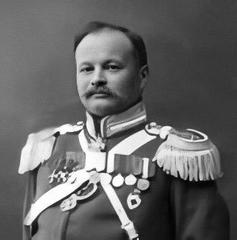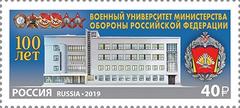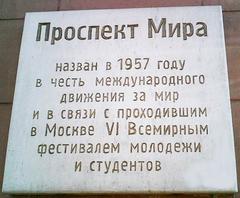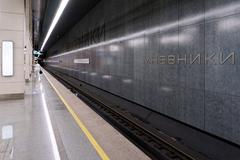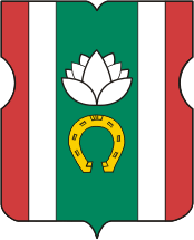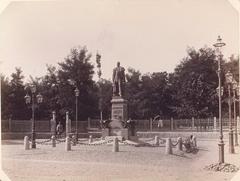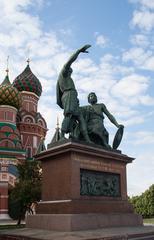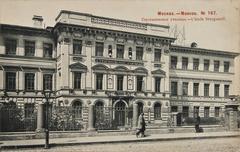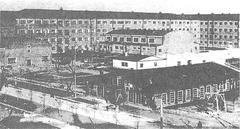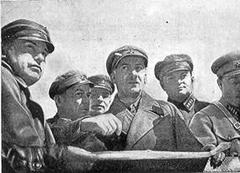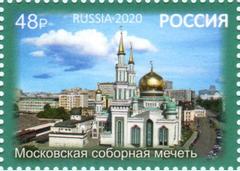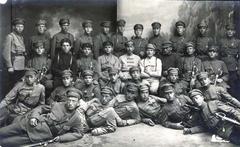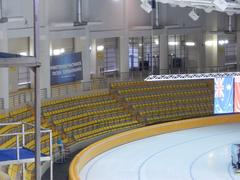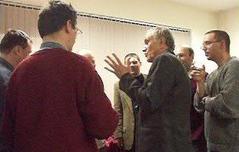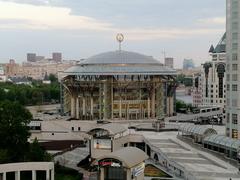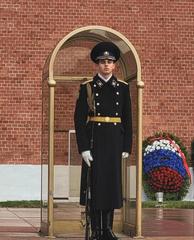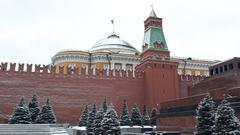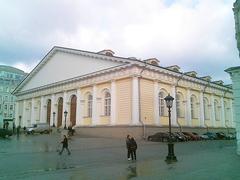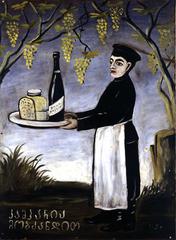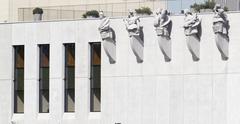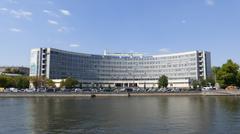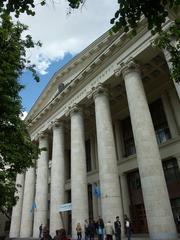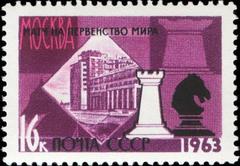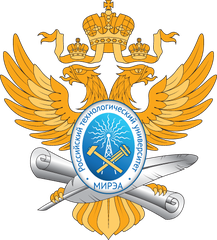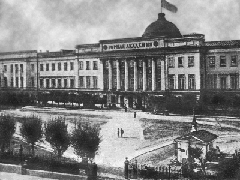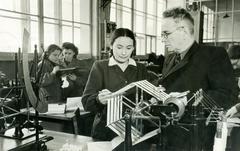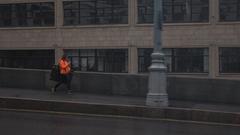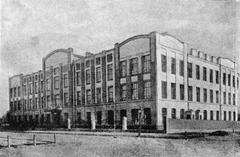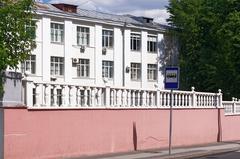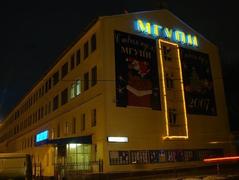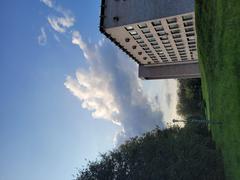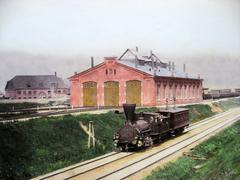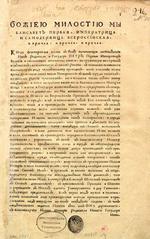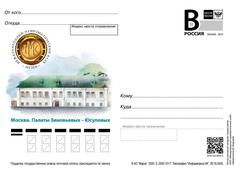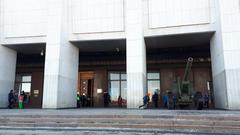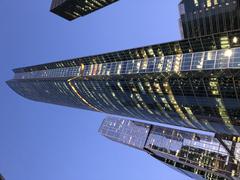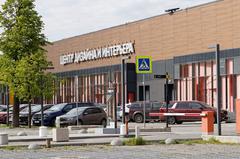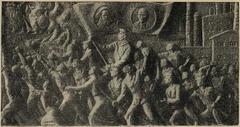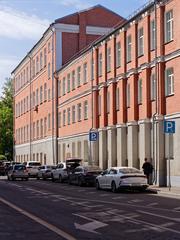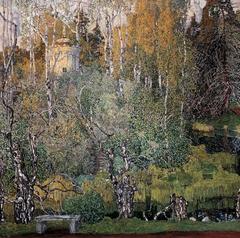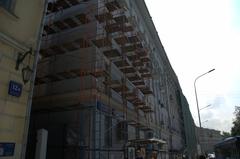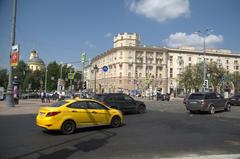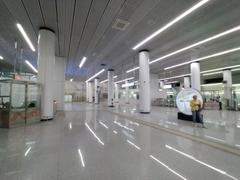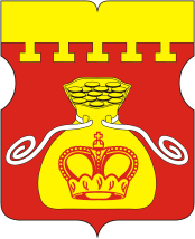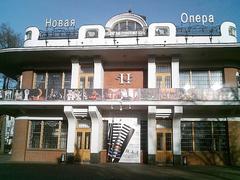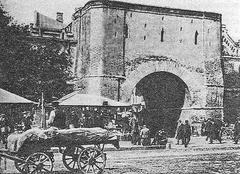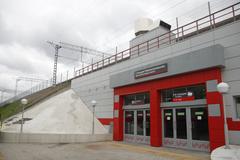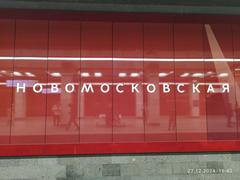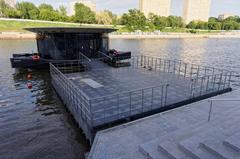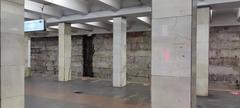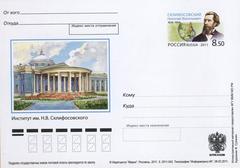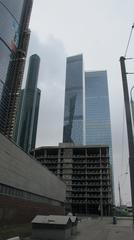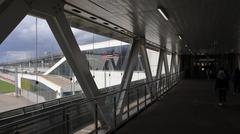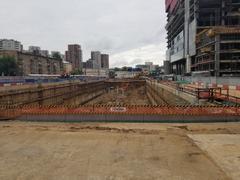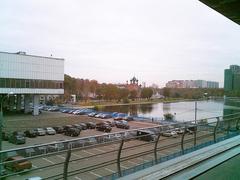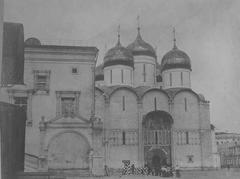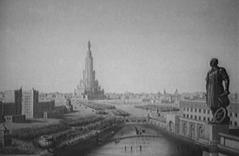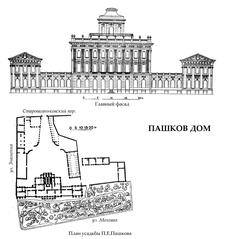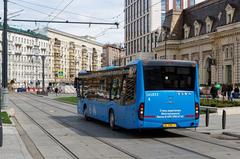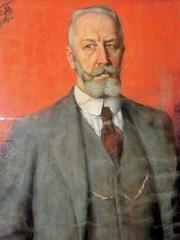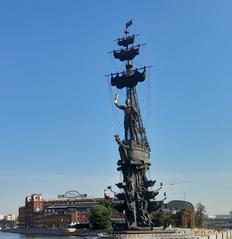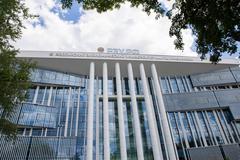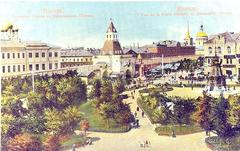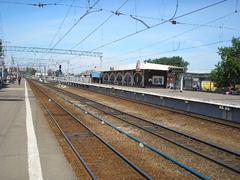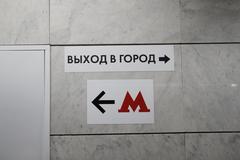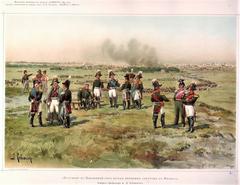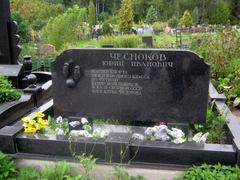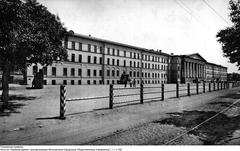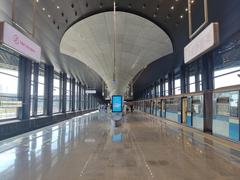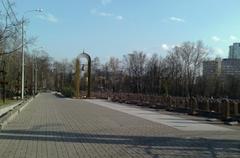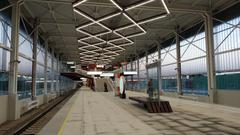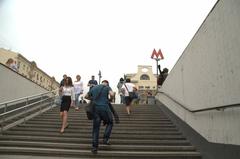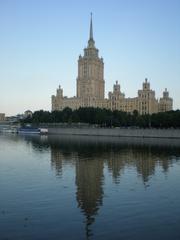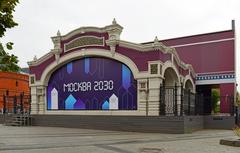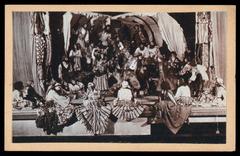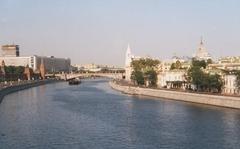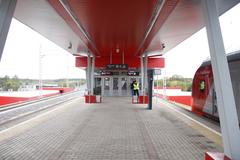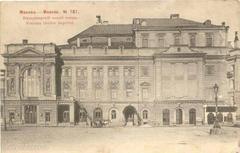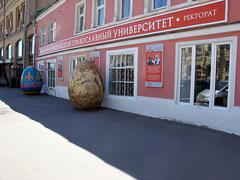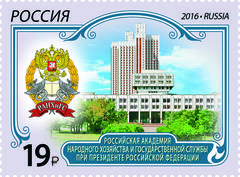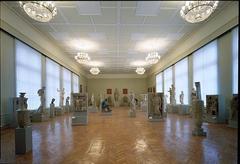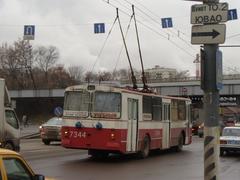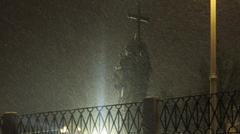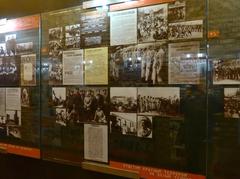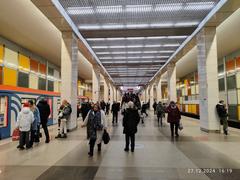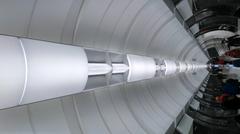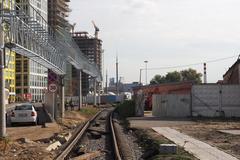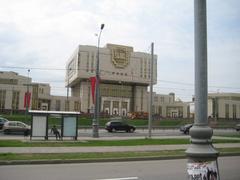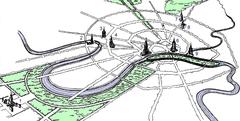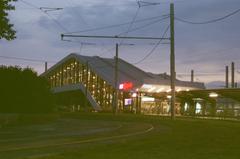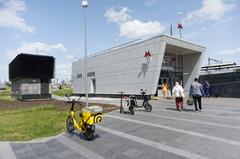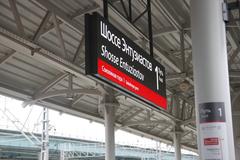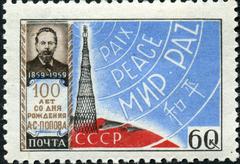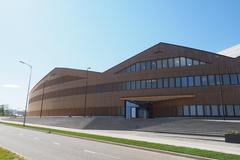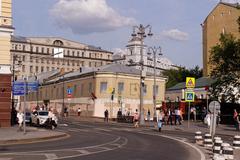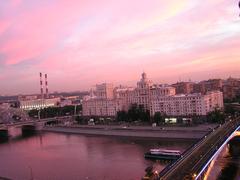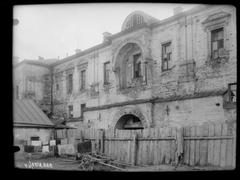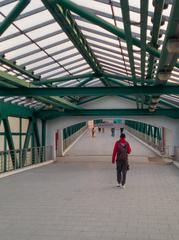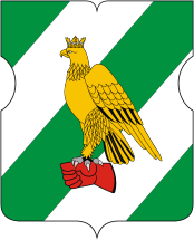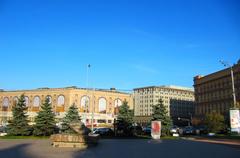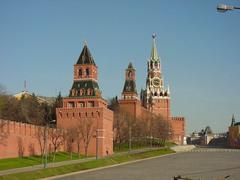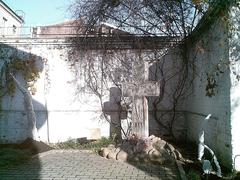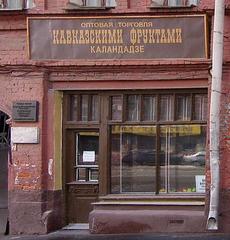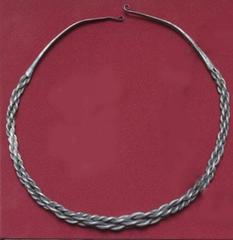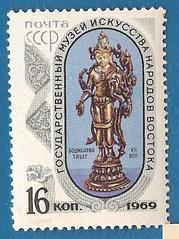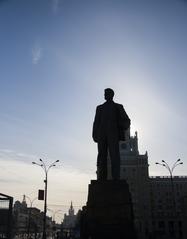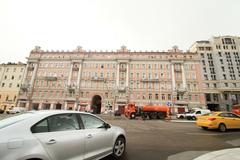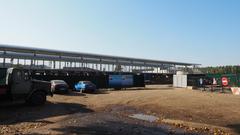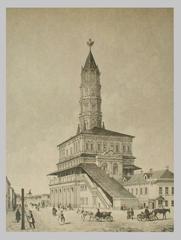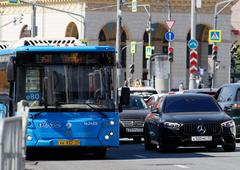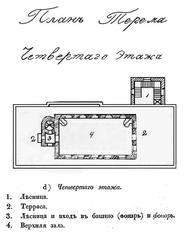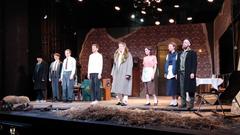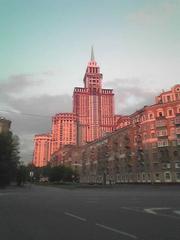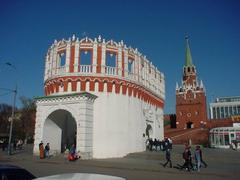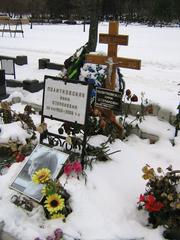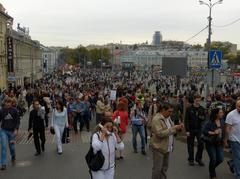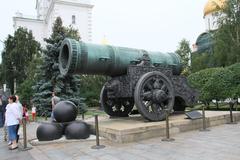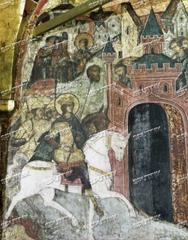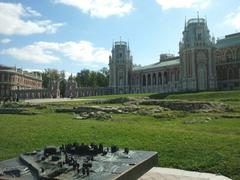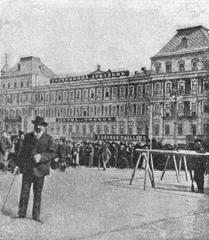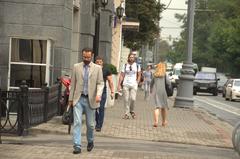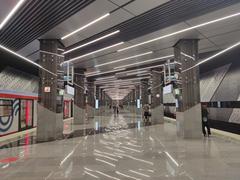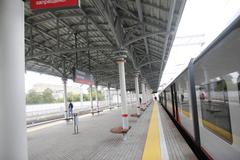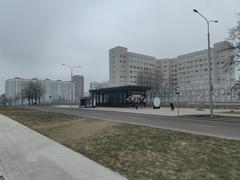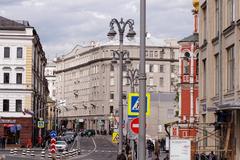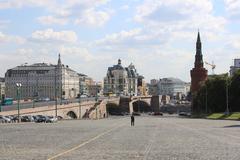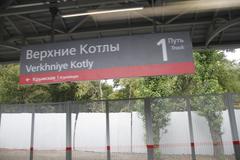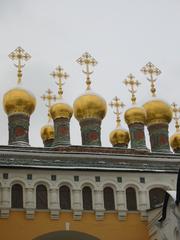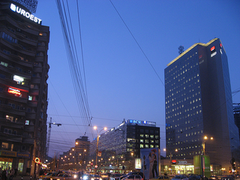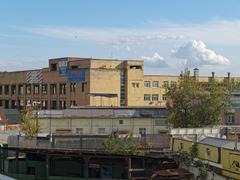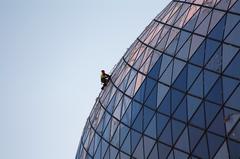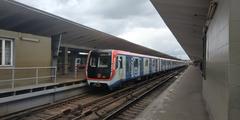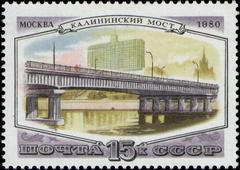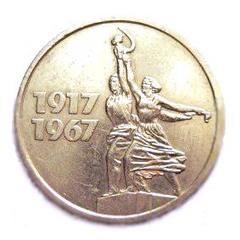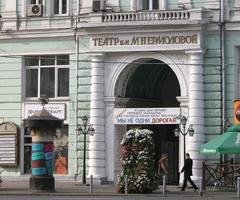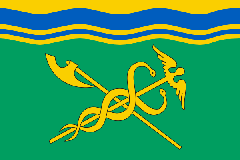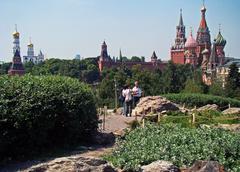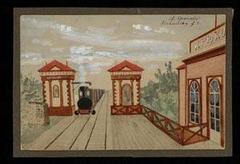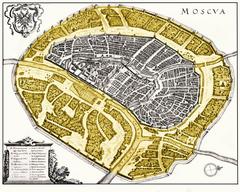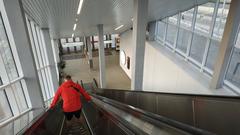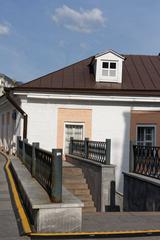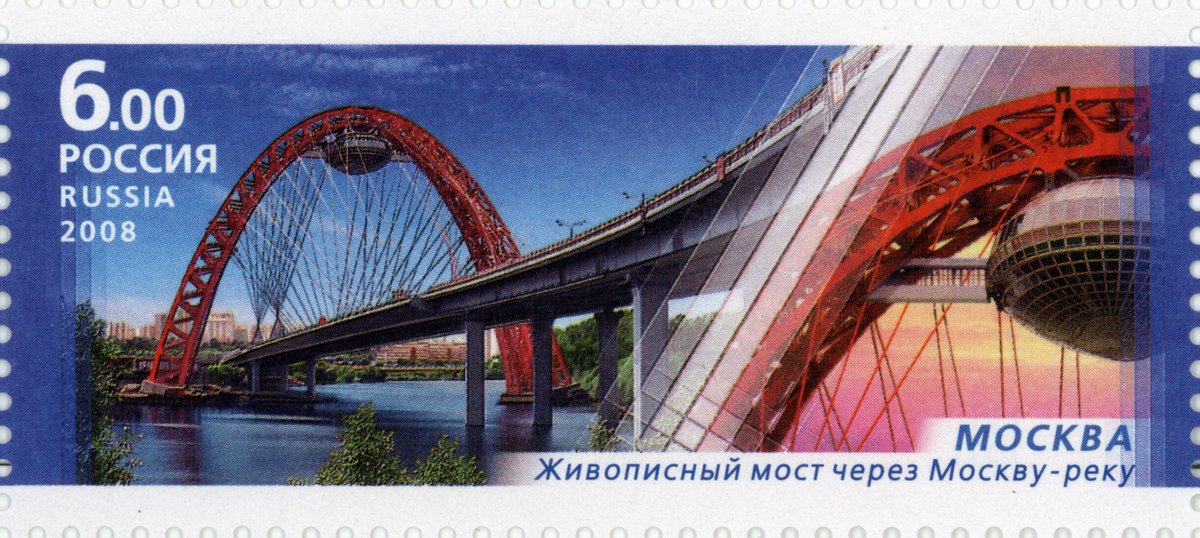
Comprehensive Guide to Visiting Zhivopisny Bridge, Moscow, Russia
Date: 23/07/2024
Introduction
Nestled in the heart of Moscow, the Живописный мост (Zhivopisny Bridge), known as the ‘Picturesque Bridge,’ is an astonishing feat of modern engineering and architecture. Spanning the Moskva River, this landmark is a crucial part of the city’s infrastructure and a significant cultural icon. Conceived in the early 2000s and completed in 2007, the bridge was designed by the renowned Russian architect Nikolai Shumakov. Its striking red arch, which reaches a height of 105 meters, supports the bridge’s main span of 409.5 meters and offers an observation deck with panoramic views of the city (Structurae). The bridge’s construction, which cost approximately 12 billion rubles ($400 million USD at the time), was part of Moscow’s broader initiative to modernize the city’s infrastructure and enhance connectivity between its districts (Bridge Design & Engineering).
Beyond its practical utility, Живописный мост has significantly impacted Moscow’s urban landscape and serves as a popular tourist attraction. The bridge connects the Krylatskoye district with the Serebryany Bor area, providing a vital link for both vehicular and pedestrian traffic. Its cultural and social influence extends to being a favored location for photography, leisure walks, and even wedding ceremonies. The bridge has also been featured in various films and advertisements, further cementing its status as a symbol of modern Moscow (Moscow Info). This comprehensive guide aims to provide detailed information on the bridge’s history, architectural features, visitor tips, and nearby attractions, ensuring a memorable visit for all.
Table of Contents
- Introduction
- Conception and Planning
- Construction Timeline
- Architectural Features
- Significance and Impact
- Visitor Information
- Cultural and Social Influence
- Awards and Recognition
- Maintenance and Preservation
- Future Prospects
- Frequently Asked Questions (FAQ)
- Conclusion
- References
Conception and Planning
The Живописный мост, also known as the ‘Picturesque Bridge,’ was conceived in the early 2000s as part of a broader initiative to modernize Moscow’s infrastructure and improve connectivity within the city. The bridge was designed by the renowned Russian architect Nikolai Shumakov, who envisioned a structure that would not only serve a practical purpose but also become a landmark symbolizing Moscow’s blend of historical richness and modern innovation.
Construction Timeline
Construction of the Живописный мост began in 2004 and was completed in 2007. The project faced several challenges, including the need to construct a bridge that could withstand the harsh Russian winters and the logistical complexities of building over a major river. Despite these challenges, the bridge was completed on schedule, thanks to the use of advanced engineering techniques and materials. The total cost of the project was approximately 12 billion rubles (around $400 million USD at the time) (Bridge Design & Engineering).
Architectural Features
One of the most striking features of the Живописный мост is its unique design. The bridge is a cable-stayed structure with a distinctive red arch that rises 105 meters above the river. This arch is not only an aesthetic element but also serves a functional purpose, supporting the bridge’s main span of 409.5 meters. The total length of the bridge is 1,460 meters, making it one of the longest cable-stayed bridges in Russia. The bridge also features a glass observation deck located within the arch, offering panoramic views of the Moskva River and the surrounding cityscape (Structurae).
Significance and Impact
The Живописный мост has had a significant impact on Moscow’s transportation network and urban landscape. It connects the Krylatskoye district on the western bank of the Moskva River with the Serebryany Bor district on the eastern bank, providing a crucial link for both vehicular and pedestrian traffic. The bridge has also become a popular tourist attraction, drawing visitors from around the world who come to admire its architectural beauty and enjoy the views from the observation deck (Moscow Info).
Visitor Information
Visiting Hours and Tickets
The Живописный мост is accessible to both vehicles and pedestrians 24/7. However, the observation deck has specific visiting hours, typically from 10 AM to 8 PM. It is advisable to check the official Moscow city website for the most current information. Ticket prices for the observation deck vary, with discounts available for children, students, and seniors.
Travel Tips
- Best Time to Visit: The best time to visit is during the late spring and early autumn months when the weather is mild.
- Nearby Attractions: Consider visiting nearby attractions such as Serebryany Bor Park, a popular recreational area, and the Krylatskoye Sports Complex.
- Accessibility: The bridge is equipped with pedestrian pathways and is accessible for people with disabilities.
- Public Transport: The bridge is easily reachable via Moscow’s extensive public transport system, including buses and the metro. The nearest metro stations are Krylatskoye and Strogino.
Cultural and Social Influence
Beyond its practical and aesthetic contributions, the Живописный мост has also become a cultural icon in Moscow. It has been featured in numerous films, television shows, and advertisements, further cementing its status as a symbol of modern Moscow. The bridge is often used as a backdrop for wedding photos and other special occasions, highlighting its role in the social fabric of the city.
Awards and Recognition
The Живописный мост has received several awards and accolades for its design and engineering. In 2008, it won the prestigious ‘Best Project’ award at the Russian National Architecture Festival. The bridge has also been recognized by international organizations, including the International Association for Bridge and Structural Engineering (IABSE), which praised its innovative design and engineering excellence (Bridge Design & Engineering).
Maintenance and Preservation
Maintaining a structure as complex and iconic as the Живописный мост requires ongoing effort and investment. The bridge undergoes regular inspections and maintenance to ensure its safety and longevity. This includes routine checks of the cables, arch, and deck, as well as more extensive repairs as needed. The Moscow city government has committed to preserving the bridge as a key part of the city’s infrastructure and cultural heritage (Moscow Urban Development).
Future Prospects
Looking ahead, the Живописный мост is expected to continue playing a vital role in Moscow’s transportation network and urban landscape. Plans are in place to enhance the bridge’s accessibility and amenities, including improved pedestrian pathways and additional viewing platforms. These efforts aim to ensure that the bridge remains a beloved landmark and a functional part of the city’s infrastructure for generations to come (Future Developments).
Frequently Asked Questions (FAQ)
What are the Живописный мост visiting hours?
- The bridge is accessible 24/7, but the observation deck is open from 10 AM to 8 PM.
How much are the tickets for the Живописный мост observation deck?
- Ticket prices vary, with discounts available for children, students, and seniors. Check the official Moscow city website for the latest prices.
What are some nearby attractions?
- Nearby attractions include Serebryany Bor Park and the Krylatskoye Sports Complex.
Is the Живописный мост accessible for people with disabilities?
- Yes, the bridge is equipped with pedestrian pathways and is accessible for people with disabilities.
Conclusion
The Живописный мост stands as a testament to Moscow’s blend of historical richness and modern innovation. Since its completion in 2007, it has not only enhanced the city’s infrastructure but also become a symbol of its architectural and cultural prowess. The bridge’s unique design, with its striking red arch and observation deck, offers a stunning visual experience and panoramic views of the Moskva River (Structurae). Its impact on Moscow extends beyond its functional purpose; it has become a beloved landmark that draws both locals and tourists. The surrounding areas, such as Serebryany Bor Park and the Krylatskoye Sports Complex, add to its appeal, providing various recreational opportunities (Visit Moscow). The bridge’s role in boosting local businesses and real estate values underscores its economic significance (Moscow Times).
As Moscow continues to develop, the Живописный мост is poised to remain a vital part of the city’s landscape. Ongoing efforts to enhance its accessibility and amenities, including improved pedestrian pathways and additional viewing platforms, will ensure that it continues to be a cherished landmark for generations to come. Whether you’re a local resident or a visitor, the Живописный мост offers a unique blend of architectural beauty, cultural significance, and practical utility that makes it a must-visit destination in Moscow.
References
- Structurae. Zhivopisny Bridge. Structurae
- Bridge Design & Engineering. Zhivopisny Bridge Design. Bridge Design & Engineering
- Moscow Info. Places in Moscow: Zhivopisny Bridge. Moscow Info
- Moscow Times. Zhivopisny Bridge Economic Impact. (2023). Moscow Times
- Visit Moscow. Zhivopisny Bridge. Visit Moscow
